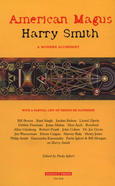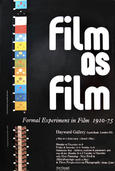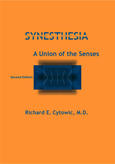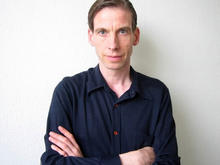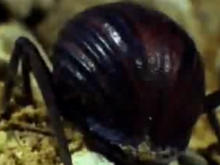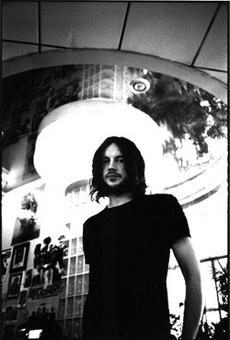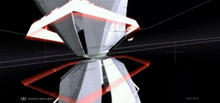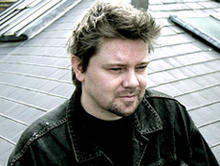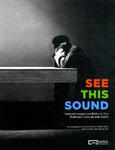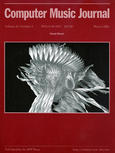Ohi Ho Bang Bang
(1988)- The music in this video was created from the sounds being played live during filming. The film actually shows what you hear. It is a collaboration between Holger Hiller, Akiko Hada and Karl Bonnie.
This amazing video made in 1988 by Japanese video-manipulator Akiko Hada - is not a music-video. There was no music. But: it's one of the earliest and still rare examples of perfect synchronization between beats and visual edits. Keep an eye on Holger Hiller and Karl Bonnie making sounds during this extrvaganza here.
Source: MSM Spex
In 1988 he records Ohi Ho Bang Bang with video artist Akiko Hada. The video shows Hiller and Karl Bonnie creating different sounds from every item in a room, from those sounds the song is made by means of cutting, whereas every sound is still in sync with the video footage of its creation. This transfer of sampling techniques from music to video might have been pioneering, only 10 years later it got popular with Timber by Coldcut who used custom-made software to create it.
Source: Wikipedia
